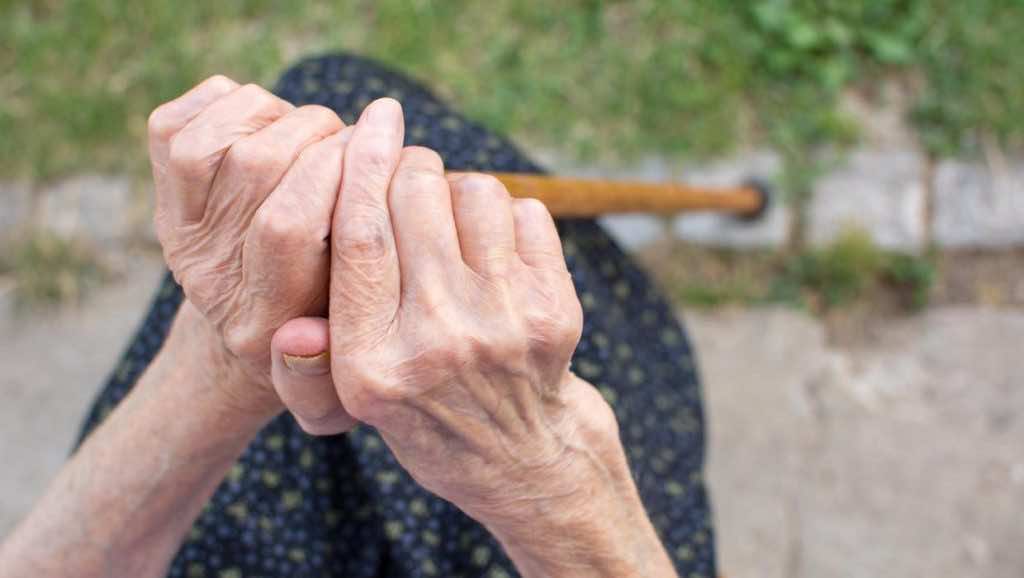Scientists have uncovered an important finding while examining the aging processes of animals ranging from humans to mice and giraffes. The finding, according to the researchers, opens up the door to a better knowledge of the aging process, as well as the predictability and timing of death. Initially, researchers contend that size was the crucial component of life expectancy, as smaller animals used up energy faster than larger animals. As a result, they necessitate a slightly quicker cell regeneration, causing them to deteriorate way quicker. However, a recent analysis from the Wellcome Sanger Institute in Cambridge implies that the rate of genomic instability may be the determining factor in survival. They presume that long-living creatures, irrespective of size, can effectively slow down their percentage of DNA mutations. It might illustrate how a bare mole rodent five inches long can surpass a giraffe.
This is because the researchers discovered that naked mole rats had 93 mutations every year while giraffes have 99. Somatic mutations are genetic alterations that occur spontaneously in cells. Dr. Alex Cagan, the study’s first author, stated, “It was striking to observe a comparable pattern of genetic modifications in species as dissimilar as a mouse and a tiger.” The most intriguing part of the study has to be the discovery that longevity is inversely proportionate to the frequency of somatic mutation. This shows that somatic mutations may serve a role in the aging process.” Ultimately, the researchers discovered that the longer an animal lives, the slower the pace at which changes happen.
They hope it will open the way for the implementation of the aging process in people. As per Public Health England (PHE), the average life expectancy for men in England in 2020 was 78.7 years and the female life expectancy was 82.7 years. Life expectancy in England in 2020 was 1.3 years lower for males and 0.9 years lower for females compared to 2019. “Aging is a complicated process, the result of numerous types of mitochondrial dysfunction in our cells and tissues,” stated senior author Dr. Inigo Martincorena. Since the 1950s, somatic mutations have been considered to contribute to aging, but investigating them has been challenging. However, considering the extremely high number of extra fatalities caused by the COVID-19 pandemic the year before, it is not surprising that the average lifespan has declined.
The study has been published in the journal Nature.

